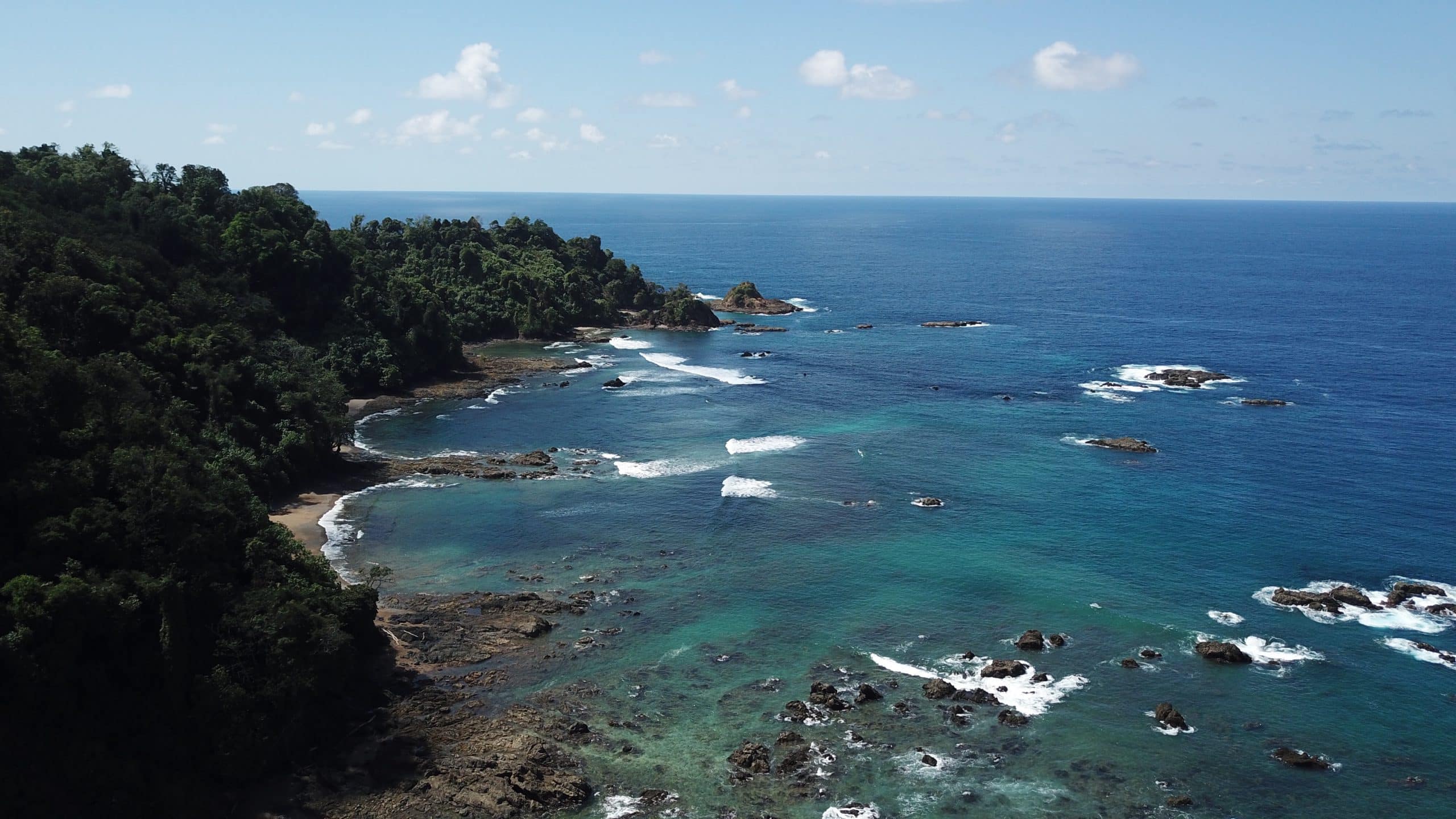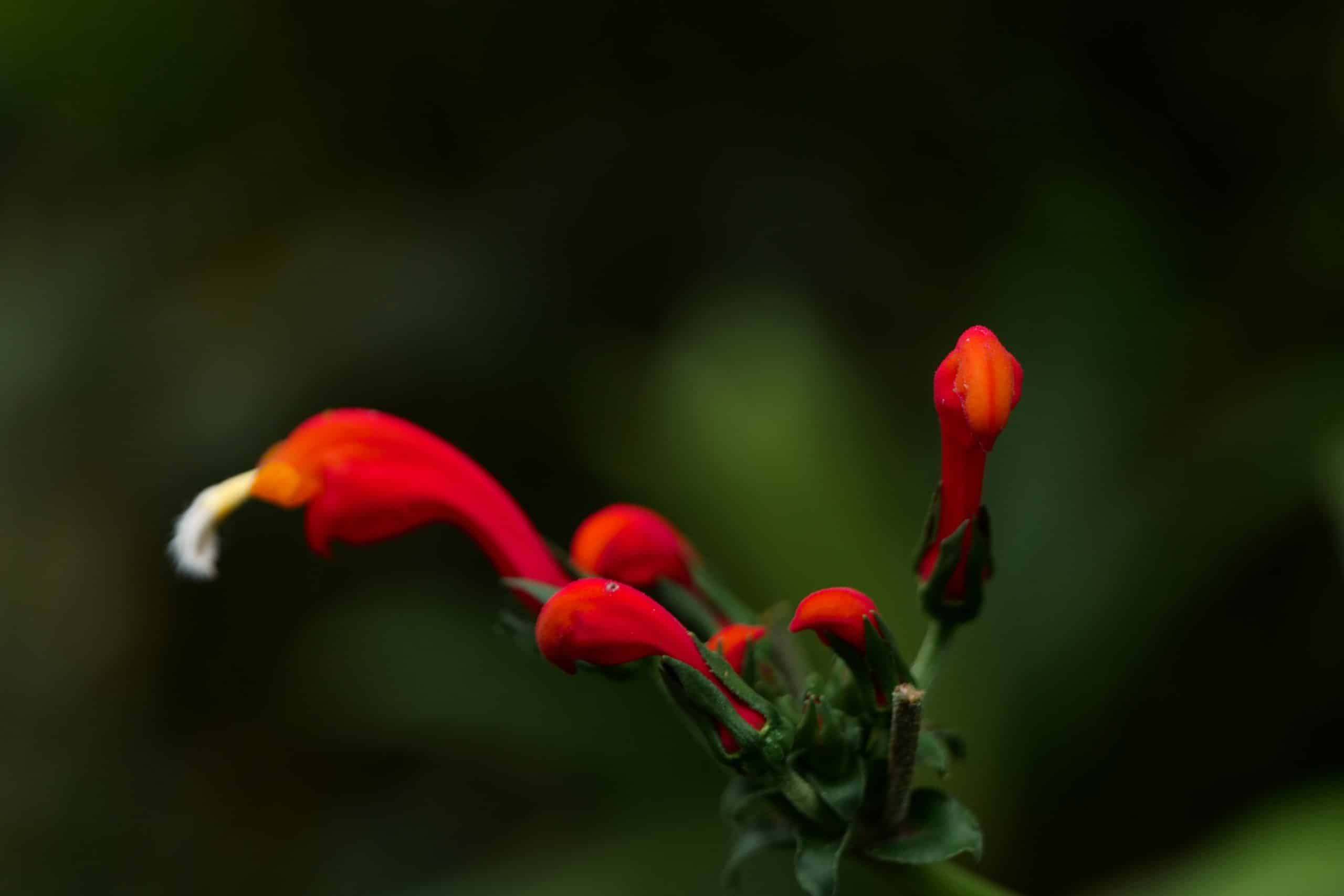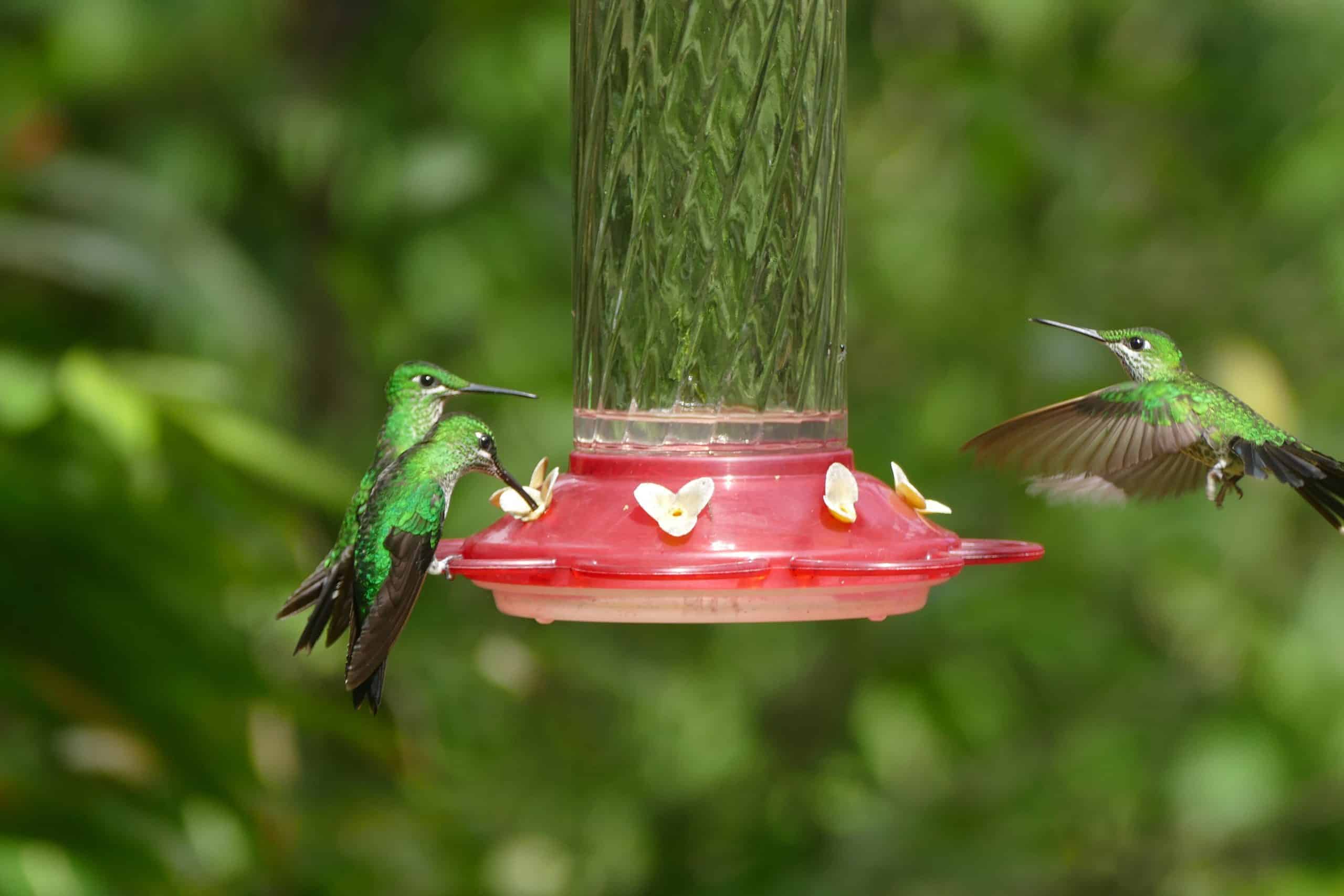Nguyen Hoang Phong
Corcovado National Park is the crown jewel of one of the world’s most eco-friendly countries, Costa Rica.
Costa Rica is one of a handful of countries that regard environmental protection as a top priority. Up to a quarter of Costa Rica’s land area is designated as nature reserves, twice the ratio in developed countries and four times that of developing countries.

This green emphasis has helped lead to a forest-based ecotourism industry that yields more sustainable revenue than hunting or wood collecting. To experience Costa Rica’s natural wonders, I recently visited stunning Corcovado National Park, a 424-square kilometer protected area that is among the most biodiverse places on the planet.
From the capital of San Jose, visitors hop another short flight to a civil airport right inside the jungle. From there we set out in SUV taxis over dirt roads to the harbor, passing dilapidated farms precipitous cliffs and crossing deep muddy streams.
While Corcovado is teeming with an extraordinary range of life, it is quite rare to spot any large animals in a tropical jungle. Instead, there are swarms of flamboyant birds of all sizes and voices: from toucans known for their oversize beaks and radiant plumes to hummingbirds capable of swiftly changing directions or even hovering in the air like helicopters, from pairs of pheasants searching for food on the ground to vultures circling in the air. Other notable bird species here are sapphire-plumed kingfishers, magpies that migrate from the north, sharp-eyed falcons and herons hunting fish with their long sword-like beaks.

A visit to Corcovado requires knowledgeable tour guides, who can turn over leaves to search for tiny tree frogs hiding beneath or point out swarms of ants diligently cutting leaves and carrying pieces to their nests. They can also during a night safari instruct you of where to switch off your torches to admire the fading fluorescence of a wild mushroom species.
It is the shyness of other tropical species that enhances the satisfaction of catching a lucky sight of them: a sleeping sloth on the branch, a pair of endangered tapirs, agile striped tailed agouti viverrids or wooly spider monkeys with their flexible and arm-like tails.
Costa Rica is also one of the few lands that allows visitors to visit cloud forests. These rare ecosystems make up only 1% of the total forested area on earth. In cloud forests, flora can obtain water not only from beneath the ground, but also from the mist and thick cloud cover enshrouding the forests. A large tree trunk can thus carry on hundreds to thousands of epigenetic species – vines, ferns, shrubs and bushes – growing on the trunk without draining nutrients from the host tree. On a single leaf, one can even observe a shrub of wild pineapples or an orchid in fresh full bloom that are as small as the tip of a match.
Visitors can also drop by Arenal crater, dotted with outdoor hot spring pools that smolder underfoot. It’s a rare pleasure to take a dip in pools of different heat levels, which are beautifully crafted to mix cold spring water into the hot underground mineral water, while enjoying a cup of Costa Rican coffee. Finally, don’t miss out on a zipline, as you fly above lush trees at the speed of up to 100kph, savoring the freedom of a bird in the Costa Rican sky.

Leaving Costa Rica behind, I deeply admired the relentless efforts of this tiny country, a true green oasis of 5 million people who produce 98% of their power from renewable sources. The government is also committed to replacing the military with an “army” of teachers, and people always wish each other “pura vida” – a pure life.










